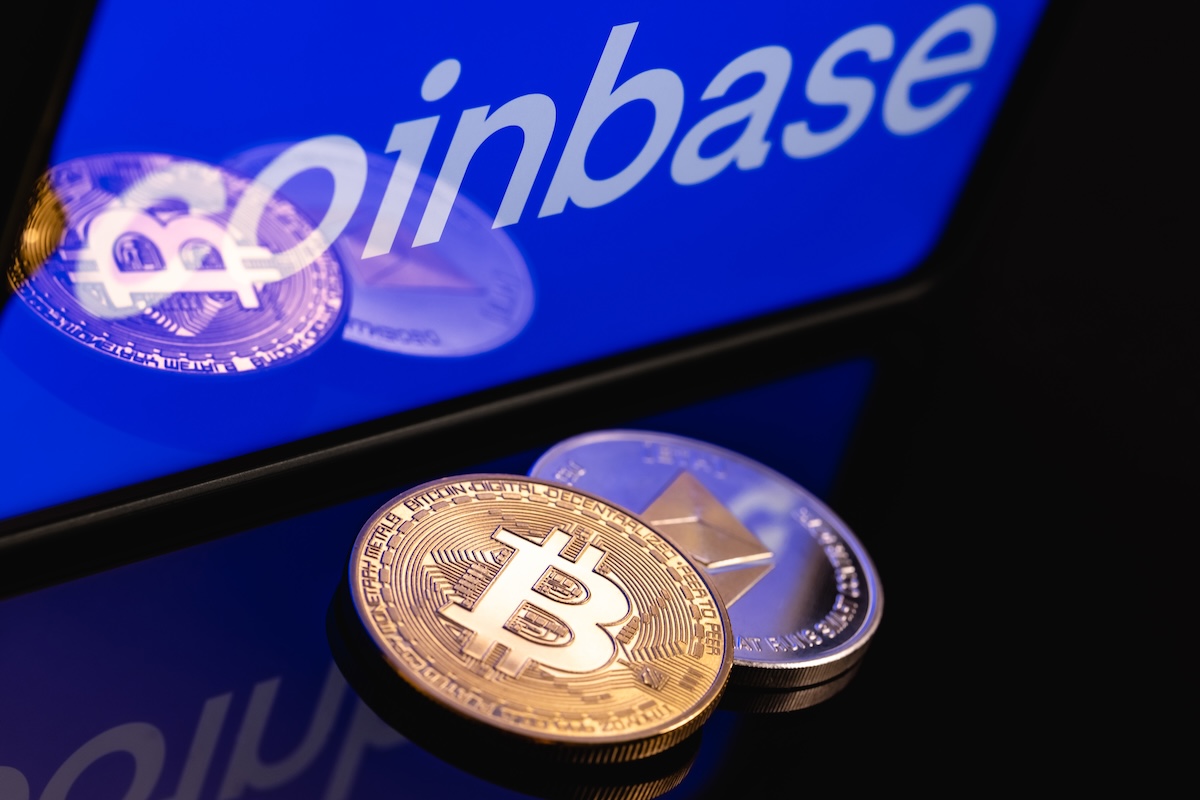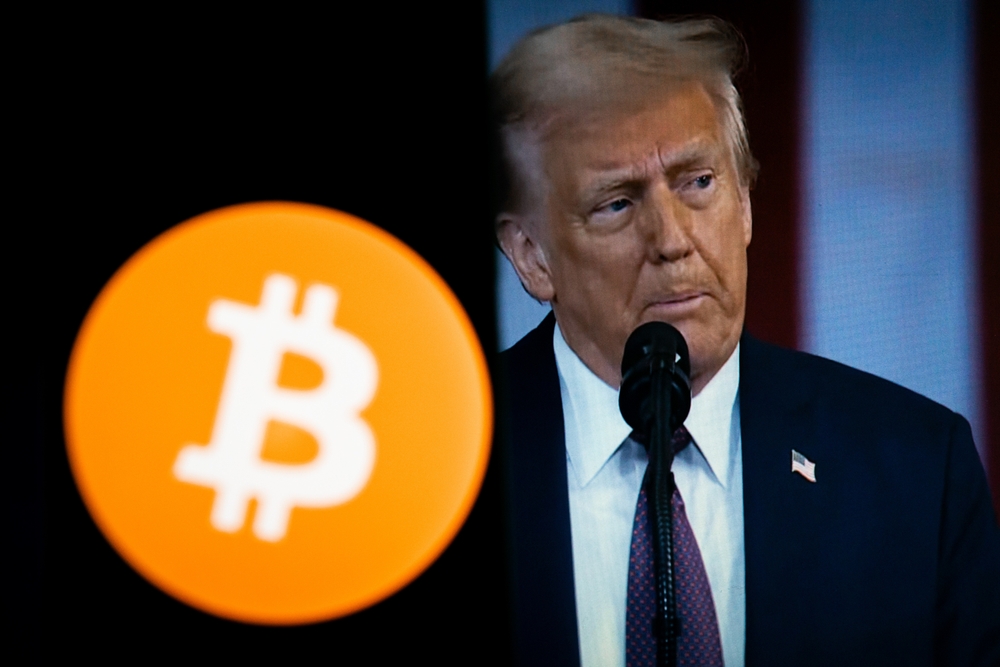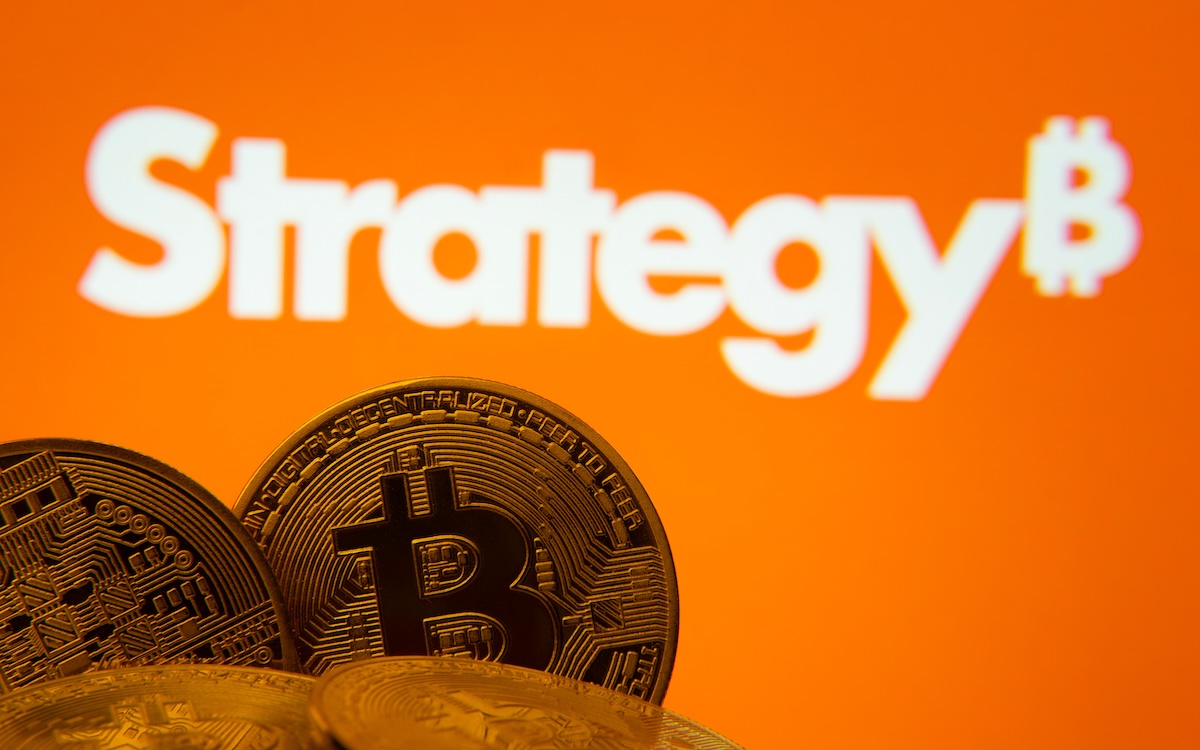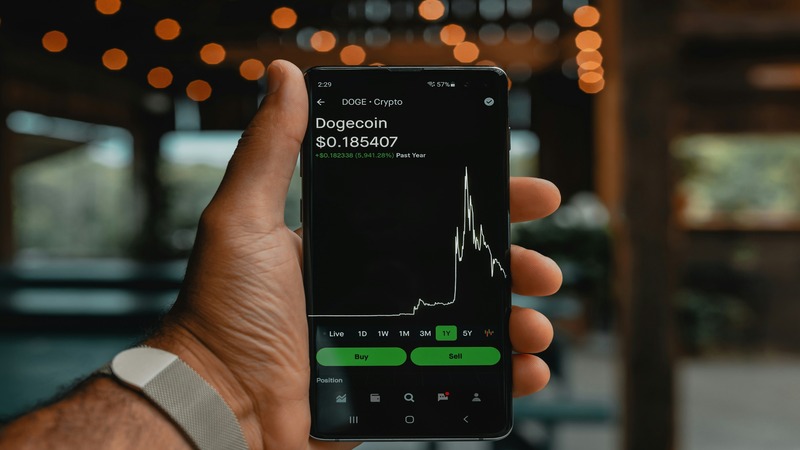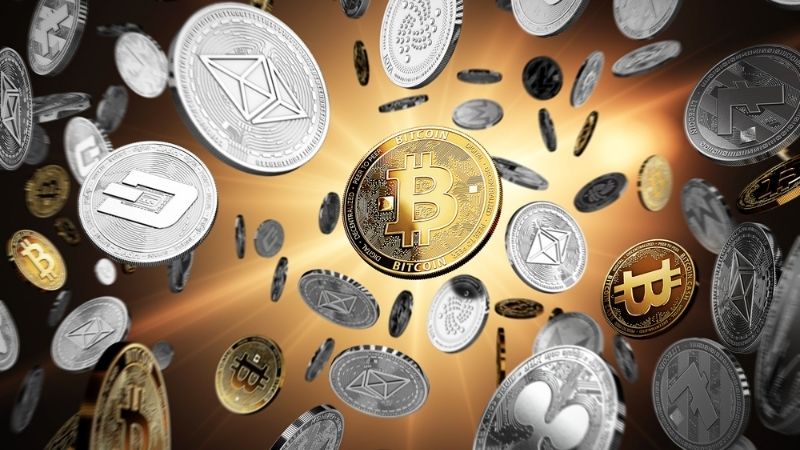Crypto Update
CleanSpark (CLSK) stock hit with possible $185 million tariff liability over bitcoin miner imports
The Trump administration’s friendlier regulatory stance toward crypto hasn’t extended to bitcoin miners caught in the crossfire of the president’s sweeping tariff policies.
Read more about CleanSpark (CLSK) stock hit with possible $185 million tariff liability over bitcoin miner imports
‘One giant leap for WLFI’: The Trump family has now launched its own crypto treasury
World Liberty Financial is partnering with publicly traded ALT5 Sigma (ALTS) to raise $1.5 billion and scoop up 7.5% of the WLFI token’s supply, effectively launching its own corporate crypto treasury.
Read more about ‘One giant leap for WLFI’: The Trump family has now launched its own crypto treasury
Wall Street banks go blockchain as Coinbase shifts to traditional banking
BNY Mellon (BK) and Goldman Sachs (GS) just rolled out tokenized money market funds for institutional investors — a major blockchain milestone for Wall Street. Meanwhile, Coinbase (COIN) is partnering with PNC Bank to expand traditional banking services
Read more about Wall Street banks go blockchain as Coinbase shifts to traditional banking
SoFi is getting back in the crypto game
SoFi stock is climbing as the fintech reenters crypto with blockchain remittances, stablecoins, and crypto investing amid a friendlier U.S. regulatory climate.
Read more about SoFi is getting back in the crypto game
Right-wing MicroStrategy? Rumble (RUM) is latest company to go all in on crypto
A hard-right pivot, and a crypto one too
Read more about Right-wing MicroStrategy? Rumble (RUM) is latest company to go all in on crypto
Meet ‘Microstrategy of Solana’—Janover stock explodes 64% as it dives headfirst into crypto
The Florida-based firm wants to be the “MicroStrategy of Solana,” and it’s betting millions to make it happen
Read more about Meet ‘Microstrategy of Solana’—Janover stock explodes 64% as it dives headfirst into crypto
‘Tokenization is democratization’: Larry Fink just gave bitcoin and other digital assets major endorsement
Could Larry Fink’s embrace of crypto finally move the price of bitcoin in a way President Trump’s support hasn’t?
Read more about ‘Tokenization is democratization’: Larry Fink just gave bitcoin and other digital assets major endorsement
Is Orchid (OXT) Worth the Risk Tuesday?
InvestorsObserver analysis gives Orchid a low risk assessment. The proprietary scoring system calculates how muc
Read more about Is Orchid (OXT) Worth the Risk Tuesday?
FXDX (FXDX) Receives a Very Bullish Rating Tuesday: Is it Time to Get on Board?
FXDX (FXDX) gets a very bullish rating from InvestorsObserver Tuesday. The token is up 29.7% to $0.01392671105 while the broader crypto market is up 1.69%.
Read more about FXDX (FXDX) Receives a Very Bullish Rating Tuesday: Is it Time to Get on Board?
WeWay (WWY) Rises 27.23% Thursday: What's Next for This Very Bullish Rated Crypto?
WeWay (WWY) gets a very bullish rating from InvestorsObserver Thursday. The crypto is up 27.23% to $0.007412613682 while the broader crypto market is up 0.91%.
Read more about WeWay (WWY) Rises 27.23% Thursday: What's Next for This Very Bullish Rated Crypto?
Filecoin (FIL) Rises 0.85% Tuesday: What's Next for This Neutral Rated Crypto?
Filecoin (FIL) gets a neutral rating from InvestorsObserver Tuesday. The crypto is up 0.85% to $20.97 while the broader crypto market is up 3.07%.
Read more about Filecoin (FIL) Rises 0.85% Tuesday: What's Next for This Neutral Rated Crypto?
Tether Gold (XAUT): How Risky is It Tuesday?
Tether Gold receives a low risk rating from InvestorsObserver analysis. The proprietary scoring system analyzes.
Read more about Tether Gold (XAUT): How Risky is It Tuesday?
Kyber Network Crystal v2 (KNC) Receives a Bullish Rating Saturday: Is it Time to Get on Board?
Kyber Network Crystal v2 (KNC) gets a bullish rating from InvestorsObserver Saturday. The crypto is up 1.33% to $1.47 while the broader crypto market is down 1.69%.
Read more about Kyber Network Crystal v2 (KNC) Receives a Bullish Rating Saturday: Is it Time to Get on Board?
Cratos (CRTS) Up 37.91% Monday: What's Next?
Cratos (CRTS) has been relatively average in terms of volatility when compared to other cryptocurrencies. So far Monday, the crypto has advanced 37.91% to $0.0001672327986.
Read more about Cratos (CRTS) Up 37.91% Monday: What's Next?
Injective (INJ): How Does it Rank Friday on Long-Term Trading Metrics?
Injective receives a strong long-term technical score of 78 from InvestorsObserver analysis. Our proprietary scoring system co
Read more about Injective (INJ): How Does it Rank Friday on Long-Term Trading Metrics?
Very Bullish-Rated Algorand (ALGO) Rises Saturday to $0.2116661288
Algorand (ALGO) gets a very bullish rating from InvestorsObserver Saturday. The coin is up 21% to $0.2116661288 while the broader crypto market is up 1.55%.
Read more about Very Bullish-Rated Algorand (ALGO) Rises Saturday to $0.2116661288
Is Stellar (XLM) Worth the Risk Thursday?
Stellar achieves a low risk analysis based on InvestorsObserver research. The proprietary system gauges how much
Read more about Is Stellar (XLM) Worth the Risk Thursday?
Should You Buy Polygon (MATIC) Monday?
Polygon receives an average long-term technical score of 43 from InvestorsObserver analysis. Our proprietary scoring system co
Read more about Should You Buy Polygon (MATIC) Monday?


